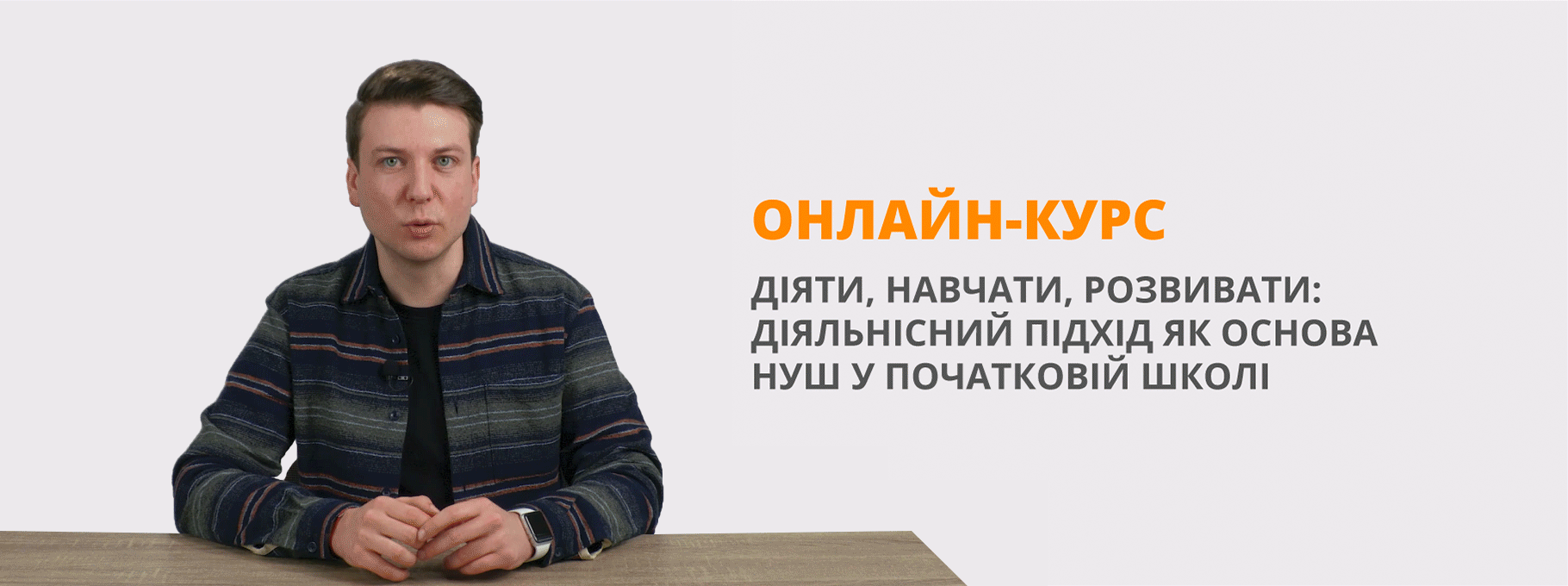Генно-модифікована їжа (English Plus 3 SB p.100)
Тема уроку: «Генна інженерія.Генно-модифікована їжа та її вплив на здоров’я людини »
Тип уроку: комбінований.
Мета уроку: розвиток іншомовної комунікативної компетенції (мовленнєвої, мовної, соціокультурної, компенсаторної, навчально-пізнавальної)
Мовленнєва компетенція: вдосконалення та розвиток навичок читання з метою загального і детального розуміння змісту тексту, вміння висловлювати своє ставлення до інформації та висловів партнера, свою думку з обговорюваної теми, коротко передавати зміст отриманої інформації, вміння спиратися на мовну і контекстуальну здогадку при сприйнятті тексту.
Мовна компетенція: оволодіння новою лексикою відповідно до теми уроку, розвиток навичок оперування мовними засобами в комунікативних цілях.
Соціокультурна компетенція: збільшення обсягу знань про ГМО;
Компенсаторна компетенція: розвиток умінь виходити із положення в умовах дефіциту мовних засобів під час передавання та отримання іншомовної інформації.
Навчально-пізнавальна компетенція: розвиток бажання і вміння здобувачів освіти самостійно вивчати англійську мову доступними їм способами (в процесі пошуку і обробки інформації англійською мовою, при виконанні презентацій та завдань за допомогою інтернет ресурсів).
Розвиток і виховання: виховування почуття необхідності піклуватися про своє здоров'я і про здоров'я близьких людей, усвідомлення важливості вивчення англійської мови як засобу пізнання, підвищення мотивації до вивчення іноземної мови.
Завдання: розвиток ключових та предметних компетенцій
Міжпредметні зв’язки: інформатика, біологія, екологія
- Організаційний момент.
1. Greeting: Good morning everybody! I’m glad to meet you and hope we’ll have a good lesson together.
- Основна частина.
2.1 Повідомлення теми уроку
T-Ps: Look at the multi-board and try to guess – what the theme of our lesson today is. (демонстрація першого слайду).
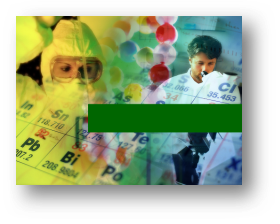
T: Well, have you got any ideas? What is the theme of our lesson? That is right. Genetically modified food.
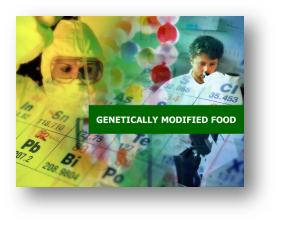
T: Today we are going to talk about GMOs.
- Актуалізація опорних знань з теми та їх корегування
T-Ps: What do you know about GMOs? Can you give me some associations or facts about them?
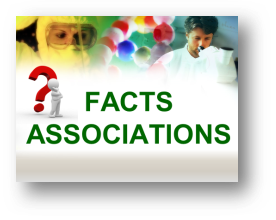
- Вивчення та первинне засвоєння нового матеріалу
- Ознайомлення з акронімом ГМО.
T-Ps: What does the acronym (abbreviation) GMO stand for? - Genetically Modified Organism.
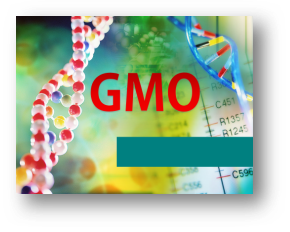
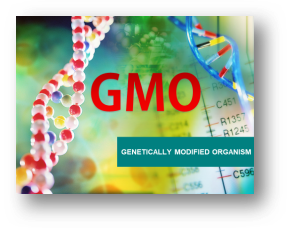
- Ознайомлення з терміном ГМО.
T-Ps: What does it mean? – Genetically modified organism is a plant, animal, microorganism or other organism whose genetic makeup has been modified in a laboratory using genetic engineering or transgenic technology.
- Ознайомлення з терміном генно-модифікована їжа

Genetically modified food is food produced from plants or animals whose DNA was changed using genetic engineering.
- Бесіда
- Do you eat GM food?
- How often do you eat such food?
- Are such foods dangerous or harmless?
- Do you try to buy products with the logo “Without GMO”?
- Do you worry about negative influence of GM food?
- Do you know about advantages or disadvantages of GM food?
- Руханка.
T: Let us sing a famous song “Pen Pineapple Apple Pen” by PIKOTARO and move a little. But listen attentively because I want you to answer the question: “Is he singing about GMO?” It is very interesting for me to know your opinions.
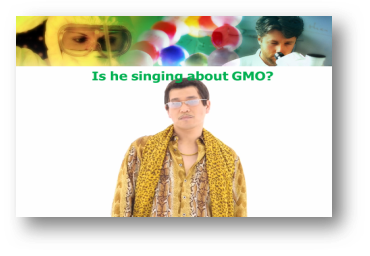
4.New Vocabulary : Let’s look at new vocabulary and repeat them together(see ex 1 p.100).
Alter- змінювати
Crops - урожай
Diseases - хвороби
Gene - ген
Genetic engineering – генна інженерія
Herbicides - гербіцид
Nutrients – поживні речовини
Weeds – бур’ян
5. Pre- listening. Now you will have one more task . Listen to the text and be ready to complete it using the words from the box in ex.1. Before it you have 2 minutes to look through it.
6. Listening.
Ex.2 p.100 Fish Tomatoes and other GM foods (CD 3 Track 22)
- Match heading A-E with paragraphs 1-5.
Answers: 1 C 2 D 3 A 4 E 5 B
- Fill in the gaps with the words from ex.1
Answers: 1 gene 2 alter 3 Genetic engineering 4 crops 5 nutrients 6 diseases 7 herbicides 8 weeds
7. Post-listening activity: Answer the questions. ex.3p.100
Answers:
1 They did it to develop tomatoes which can grow in cold temperatures.
2 They determine your eye colour , how tall you are, what skills you have, and so on.
3 GMOs can produce food which contains more nutrients and they can also have an engineered resistance to insects and diseases.
4 Herbicides are chemicals which can damage crops.
5 GM crops and superweeds can resist herbicides.
6 Some people oppose the use of GMOs because they are worried about the overuse of chemicals and the possible effects of eating GMOs.
8. Warm-up
To revise some words from this page let do some activities on the multi-board.
- ex.1 Match(https://wordwall.net/resource/28472312/gmo-find-the-definitions)
- ex.2 Watch video. Be attentive to be ready to fill in the gaps.
https://en.islcollective.com/video-lessons/the-future-of-food
- ex.3 Yes/No answers to the images .( https://wordwall.net/resource/28478987/healthy-and-unhealthy-food)
9. Check on homework: Let us see if you coped with the hometask. Open your WBp.87
Ex.5 . (https://www.liveworksheets.com/5-tn176563zt)
Choose the correct words in the present continuous and one in the present simple.
- School finishes / is finishing in twenty minutes.
We play / are playing football after class.
- We sing / are singing in a competition.
It starts / is starting on Saturday morning.
- The World Cup final is / is being on TV on Sunday.
I stay / am staying home to watch it.
- She sees / is seeing the dentist on Tuesday.
Her appointment is / is being at 11:45.
- Does Josh work / Is Josh working on Friday?
No, his course starts / is starting that day.
- Підведення підсумків
3.1 Рефлексія
Thank you for your work. You got a lot of new information. What did you like the most at the lesson?
- Аналіз діяльності учнів (у процесі всього уроку)
- Повідомлення домашнього завдання
- Putting marks. Evaluating merits. Thanks all pupils for taking active part, you get excellent marks. Our lesson is over. Good-bye
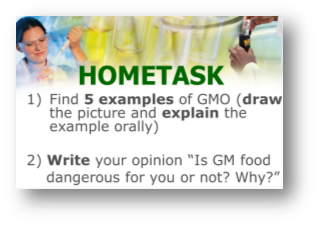

1


про публікацію авторської розробки
Додати розробку
